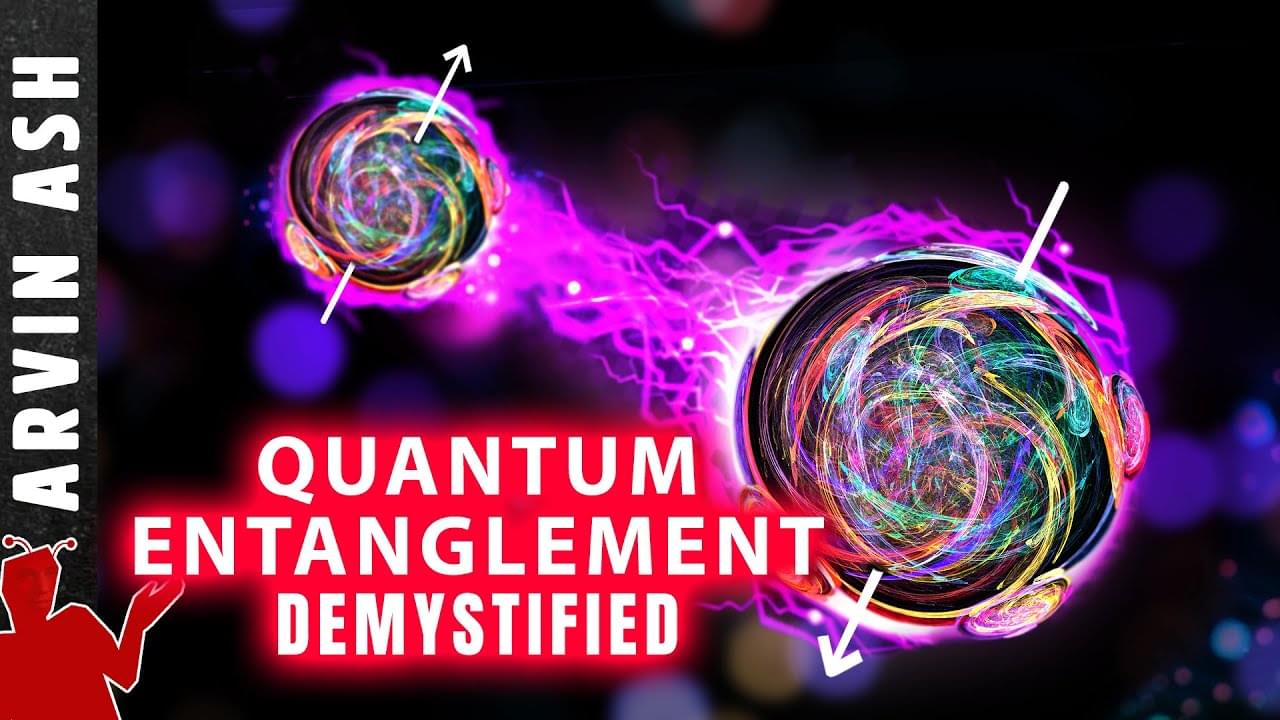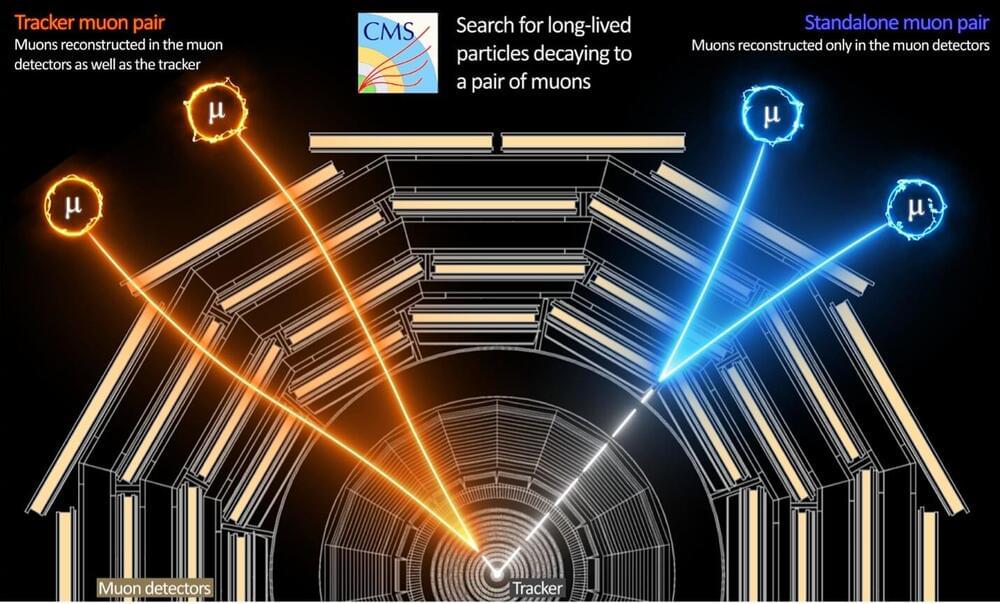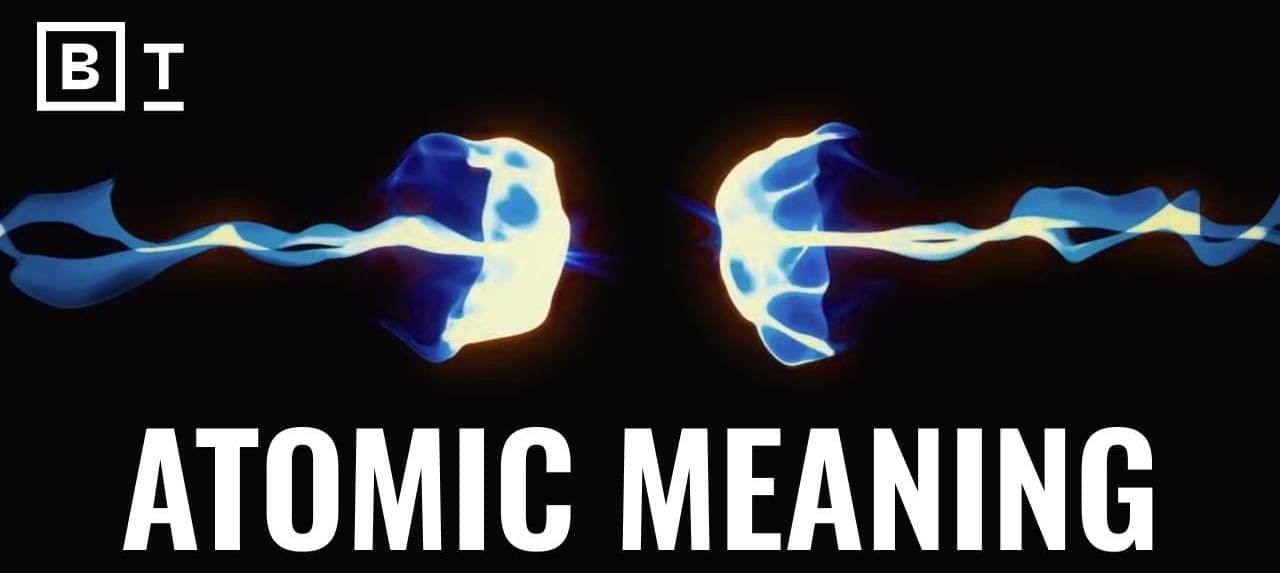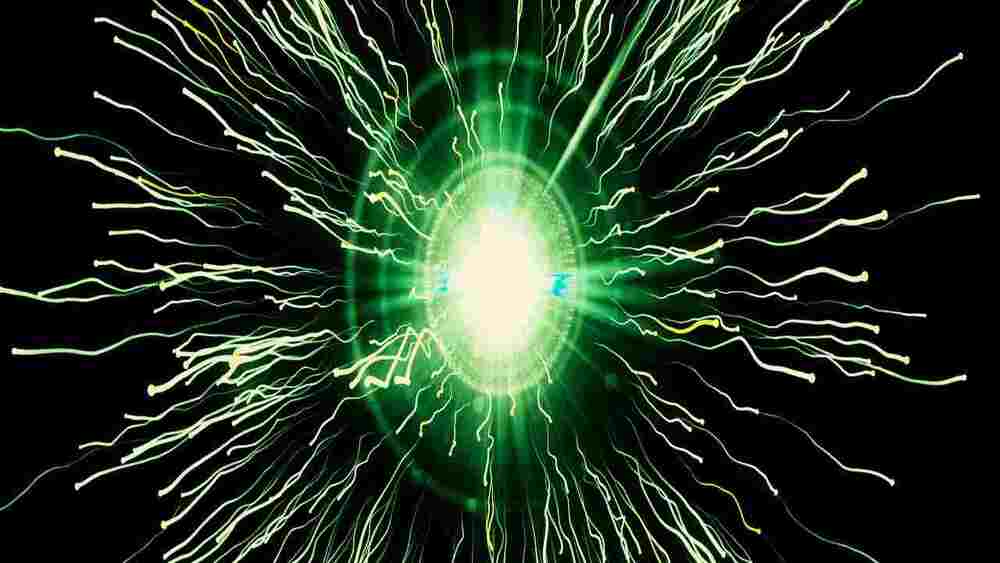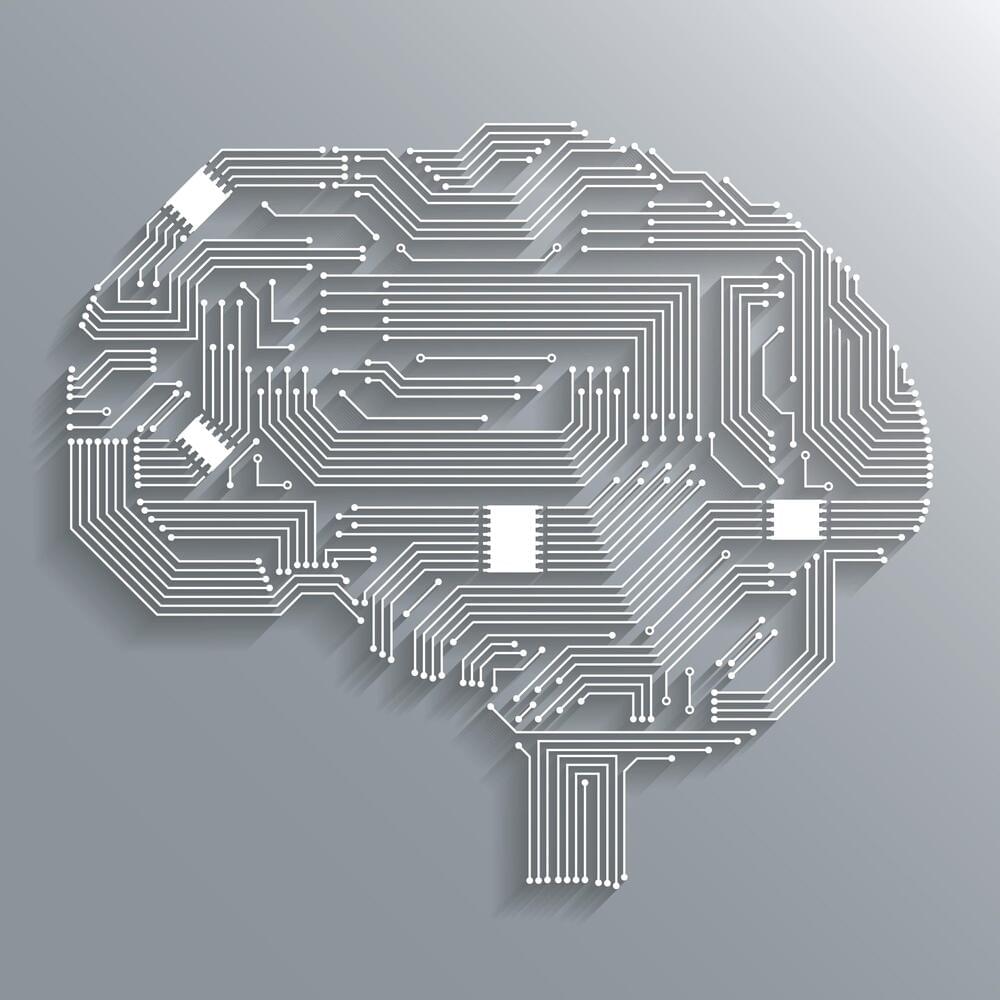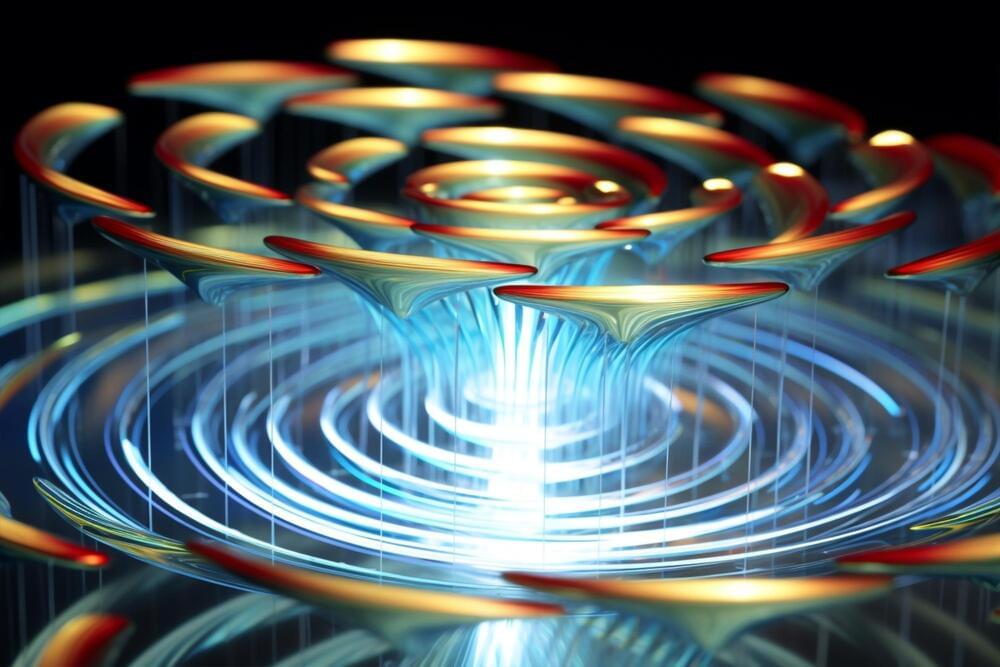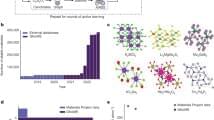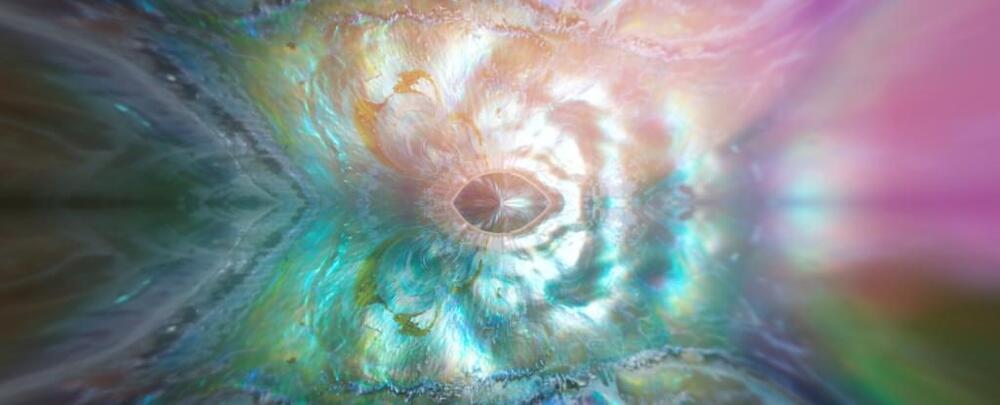Dec 28, 2023
Quantum Entanglement Explained — How does it really work?
Posted by Shubham Ghosh Roy in categories: computing, particle physics, quantum physics
To learn QM or quantum computing in depth, check out: https://brilliant.org/arvinash — Their course called “Quantum computing” is one of the best. You can sign up for free! And the first 200 people will get 20% off their annual membership. Enjoy!
Chapters:
0:00 — Weirdness of quantum mechanics.
1:51 — Intuitive understanding of entanglement.
4:46 — How do we know that superposition is real?
5:40 — The EPR Paradox.
6:50 — Spooky action and hidden variables.
7:51 — Bell’s Inequality.
9:07 — How are objects entangled?
10:03 — Is spooky action at a distance true?
10:40 — What is quantum entanglement really?
11:31 — How do two particles become one?
13:03 — What is non locality?
14:05 — Can we use entanglement for communication?
15:08 — Advantages of quantum entanglement.
15:49 — How to learn quantum computing.
Continue reading “Quantum Entanglement Explained — How does it really work?” »
